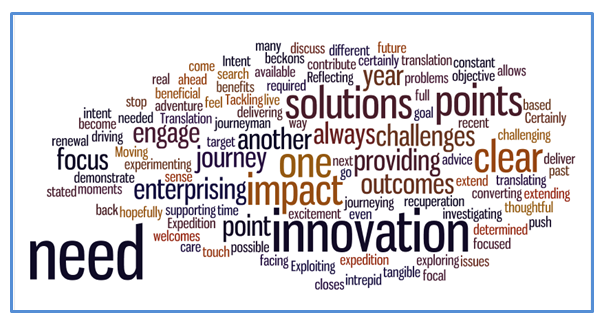I’ve been listening to and watching some of the discussions and panels coming out of the World Economic Forum and the value is worth the investment.
I’ve saved the $40k that it is estimated to attend this annual event and I can certainly find the time to absorb what is being said in my own environment.
Perhaps the messages are more salient because of this, I don’t know, as I’m highly unlikely to be attending this forum as you have to be invited.
So what has caught my attention is not surprising for its relevancy, to what I do and think about, around the issues of innovation and its ability to lead us out of our present adversities
The one discussion that was valuable on this involved a panel that spoke at length about risks in uncertain times. It was headlined as “Leading through adversity” but focused on the uncertainty being faced and where innovation can help in reducing unfamiliar risks and giving us some clarity. Continue reading “Heat-seeking innovation that comes inbound from a panel discussion”

